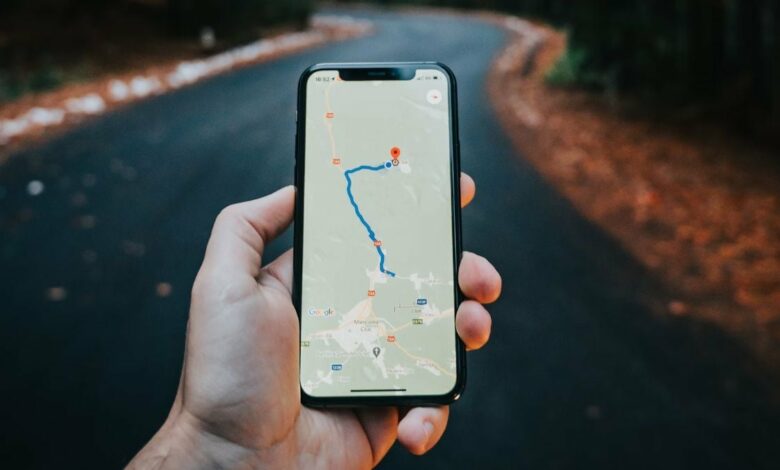Google Maps to roll out major privacy feature soon: report

Google Maps is making a major change to the way it stores your location data, according to a report. It will soon allow devices to store location and timeline data locally (on the device) instead of Google Cloud, the report suggests. Additionally, the company will also set its auto-delete feature, which automatically deletes your timeline data after a certain period, to three months. Any data older than that will be deleted, the report further adds.
Maps location storage on the device
According to a report According to The Verge , the move is part of Google’s efforts to double down on privacy measures. In an email reportedly sent to Google users, the company revealed that they have until Dec. 1 to save their location data, such as the places they’ve visited and trips they’ve taken, to their devices. After that, it will begin deleting the old data, the report said.
This will reportedly include Location History, now known as Timeline. Google says that Timeline is a “personal map” that helps people remember routes and journeys based on their Location History. Users will have the ability to edit and delete their Timeline data. Going forward, all location data will be tied locally to the device rather than to Google Cloud.
The tech giant first announced this privacy-driven initiative in December 2023. A blog post stated: “If you are among the subset of users who have opted to enable Location History (off by default), your timeline will soon be saved directly to your device, giving you even more control over your data. As before, you can delete all or some of your data or turn the setting off entirely at any time.”
How to keep using Timeline
According to the report, Google says that to keep location history, users should open Google Maps on their smartphone and tap on the profile picture in the top right corner. Then go to the Timeline section and set the function to On.
Additionally, users can also choose how long they want Google to retain their data, ranging from three months to three years. Alternatively, they can also turn on or off the manual deletion option, which will retain the timeline data until the user manually deletes it.




